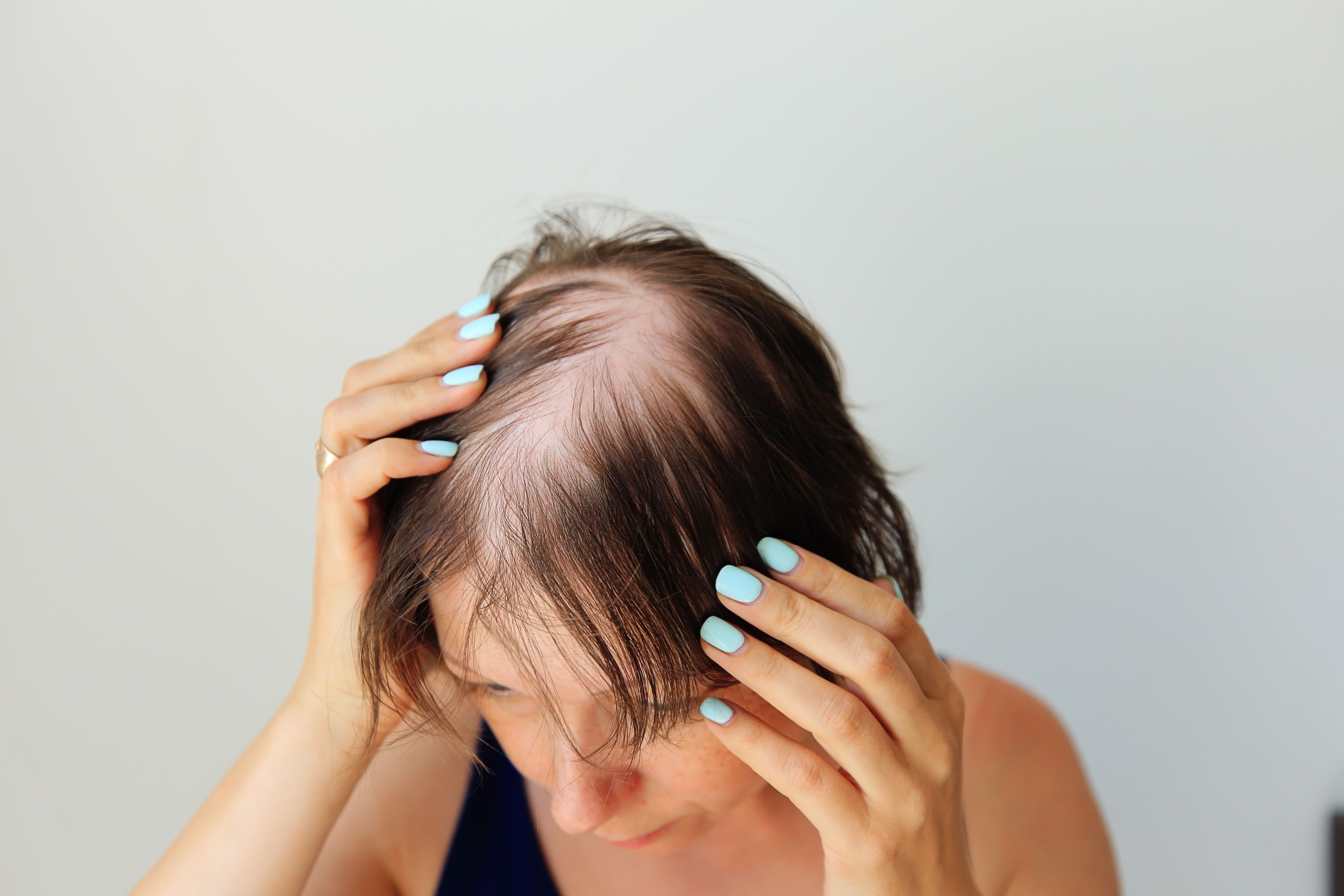- Acne
- Actinic Keratosis
- Aesthetics
- Alopecia
- Atopic Dermatitis
- Buy-and-Bill
- COVID-19
- Case-Based Roundtable
- Chronic Hand Eczema
- Chronic Spontaneous Urticaria
- Drug Watch
- Eczema
- General Dermatology
- Hidradenitis Suppurativa
- Melasma
- NP and PA
- Pediatric Dermatology
- Pigmentary Disorders
- Practice Management
- Precision Medicine and Biologics
- Prurigo Nodularis
- Psoriasis
- Psoriatic Arthritis
- Rare Disease
- Rosacea
- Skin Cancer
- Vitiligo
- Wound Care
News
Article
Combining Minoxidil and LLLT Does Not Improve Treatment Outcomes for Androgenic Alopecia
Author(s):
Key Takeaways
- Minoxidil alone is as effective as minoxidil combined with LLLT for androgenic alopecia, showing no significant differences in hair regrowth or shaft caliber.
- The study included four randomized clinical trials with 188 participants, revealing no statistically significant differences in hair count or diameter between treatments.
Compared to minoxidil alone, the combination therapy saw no significant differences in hair count and diameter.
Image Credit: © Nadya Kolobova - stock.adobe.com

A recent systemic review and meta-analysis compared minoxidil alone to minoxidil and low-level laser therapy (LLLT) for the treatment of androgenic alopecia.1 It was found that LLLT, which uses wavelengths of red or near-infrared light, does not increase the effectiveness of minoxidil treatment.
“These results imply to both the patients and the health care providers that minoxidil by itself can be a fairly potent treatment option for hair loss and therefore, in such cases, there may be no need to use LLLT therapy in the future since it might prove to be complicated and costly than the minoxidil alone,” the authors wrote.
Researchers conducted a literature search on PubMed, Web of Science, and MEDLINE using keywords such as “androgenic alopecia,” “baldness,” “male pattern baldness,” “female pattern baldness,” “hair loss,” and “low-level laser therapy.” Randomized clinical trials published in English up to October 15, 2024, were included in the search. The Risk of Bias 2.0 tool was also used to measure the quality of each study.
From an original examination yielding 38 results, only 4 were included in the final study. This included a total of 188 participants; 95 used just minoxidil and 97 underwent the combination treatment. Patient ages ranged between 17 and 49 years. Of the 4 studies, 1 included only males, 2 included only females, and 1 included both genders.
There were no statistically significant differences in hair count between the therapies at baseline, 12 weeks, and 8 weeks post-treatment. The mean difference in total hair count was −0.04 (95% CI −1.22 to 1.14, p = .95, I² = 0%). There was also no difference in hair diameter [mean difference = 0.00, 95% CI −0.00 to 0.00, p = .98, I² = 38%]. Overall, there were no satisfactory outcomes in hair regrowth or hair shaft caliber, demonstrating the general effect and lack of differences between either treatment regimen.
The moderate to high risk of bias may affect the validity of these findings. Additionally, the follow-up periods of 8 to 12 weeks are too short to assess any long-term effects of either therapy. Future research that includes longer follow-up durations and a more robust study design with better controls can address these limitations and help investigators make stronger generalizations.
Minoxidil is currently the most used FDA-approved treatment for androgenic alopecia.2 Other common approaches include hair transplantation and 5-alpha reductase inhibitors, like finasteride. However, these therapies may cause mild adverse effects and offer differing results among individuals.
“Better insight into [the treatments’] relative clinical effectiveness may support decisions related to the management of patients with hair loss and pinpoint potential opportunities for optimization of care,” the authors concluded.
References
1. Alosaimi A, Algarni A, Alharbi A, et al. Comparative efficacy of minoxidil alone versus minoxidil combined with low-level laser therapy in the treatment of androgenic alopecia: a systematic review and meta-analysis. J Dermatolog Treat. 2025;36(1):2447355. doi:10.1080/09546634.2024.2447355
2. Olsen EA, Dunlap FE, Funicella T, et al. A randomized clinical trial of 5% topical minoxidil versus 2% topical minoxidil and placebo in the treatment of androgenetic alopecia in men. J Am Acad Dermatol. 2002;47(3):377-385. doi:10.1067/mjd.2002.124088
Newsletter
Like what you’re reading? Subscribe to Dermatology Times for weekly updates on therapies, innovations, and real-world practice tips.











